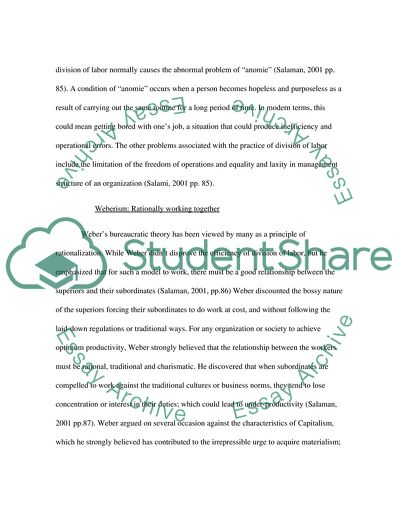Cite this document
(The Evolution of the Bureaucratic Model Assignment - 1, n.d.)
The Evolution of the Bureaucratic Model Assignment - 1. https://studentshare.org/sociology/1724083-b200-tma04
The Evolution of the Bureaucratic Model Assignment - 1. https://studentshare.org/sociology/1724083-b200-tma04
(The Evolution of the Bureaucratic Model Assignment - 1)
The Evolution of the Bureaucratic Model Assignment - 1. https://studentshare.org/sociology/1724083-b200-tma04.
The Evolution of the Bureaucratic Model Assignment - 1. https://studentshare.org/sociology/1724083-b200-tma04.
“The Evolution of the Bureaucratic Model Assignment - 1”. https://studentshare.org/sociology/1724083-b200-tma04.


